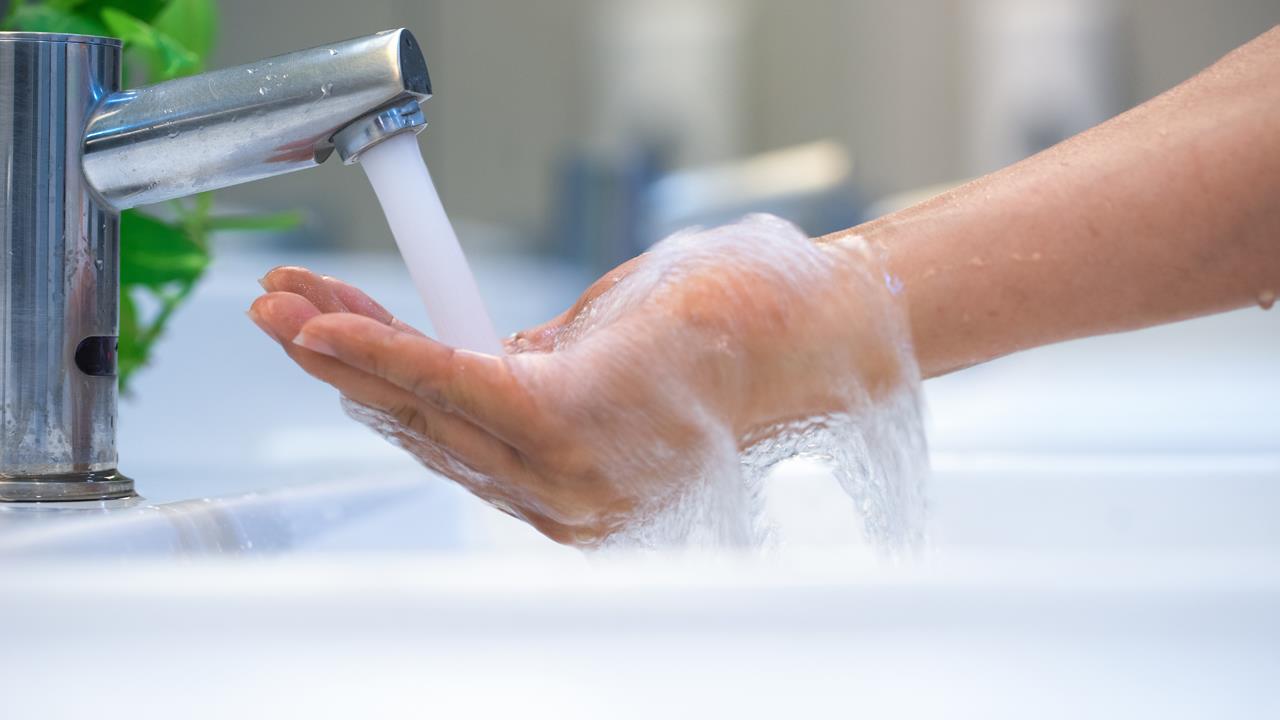


Isaac Occhipinti, Head of External Affairs at the Hot Water Association, runs installers through everything they need to know about secondary return systems.
The amount of hot water you use in the home is very much down to the individual. Everyone has their own habits, and every home has its own setup.
While many homes are similar, the way in which they are used, and the appliances installed, differs greatly, so the challenge is for the industry to provide multiple options and deliver home comfort, fast filling baths, and instant, uninterrupted hot water.
One challenge is homes, or indeed commercial premises, with extended pipe runs (the distance from water heater to outlet), which can become an inconvenience and lead to excessive water usage. This is often because the homeowner will simply run the water continuously while they wait for it to heat up. If the hot water takes longer than 30 seconds to reach the tap, then a secondary circulation system is required to circulate the hot water from the source to the tap and back again.
Most cylinders are available with a bespoke outlet to connect a secondary return system. In general, storage cylinders of 200l and greater capacity are produced with a secondary return connection as standard, if you have ever wondered what the additional tapping feature was on the side of the tank.
In addition, smaller capacity cylinders can be supplied with the connection as a factory produced option. In a thermal store system, a secondary loop system can be built into the pipework rather than the cylinder itself.
If there is a significant delay from turning on the hot tap to actually getting hot water, then secondary circulation should be considered.
Aside from the obvious water wastage from the ‘cool’, unwanted water travelling down the pipe, the newly replenished hot water in the pipe will cool down, only to be drawn off again the next time the tap is used. This is inefficient and encourages even further water wastage.
This can be overcome by installing a simple solution; a secondary hot water circuit, which works by circulating hot water around the property close to the outlets – typically, in the bathrooms and kitchen.
Secondary systems incorporate an additional return pipe after the furthest draw off point from the cylinder, smaller than the domestic hot water supply pipe. This hot water is pumped around the system, ensuring that whenever you turn on a tap, the hot water is almost instantaneous and the supply is constant, delivering hot water as needed.
A potable water (drinking water) approved circulator pump is situated near to the hot water storage cylinder, with a non-return valve to ensure flow is only allowed in the correct direction. The return pipe will connect to the storage cylinder in the dedicated tapping, typically situated one-third of the way down from the top of the cylinder. It’s important for any exposed pipework to be well insulated in order to minimise any unwanted heat loss due to the circulating hot water.
Domestic hot water pipework must be insulated to comply with BS 5546. See the table below for guidlines on how to properly comply with minimum insulation thicknesses according to the regulations.
Secondary return systems are ideally fitted at the system design/redesign stage due to the potential cosmetic upheaval for homeowners. However, they can generally be retrofitted too, depending on the existing pipe layout and design.
When designing secondary circulation pipe runs, the length of pipe to the draw off should be kept as short as practicable. The supply pipe sizes should be kept under 0.5m per second for copper pipes. A flow regulating valve can be a useful addition to ensure flow rates are achieved. Another important point to consider is the more outlets there are, the better the flow rate needed.
Also, what must not be overlooked, once you have designed an effective hot water system based upon the needs of the property, is efficient control. The secondary system pump itself may be controlled on a timer, a pipe stat (to measure the temperature of the water), or by other methods, such as a P.I.R (passive infrared) detectors in rooms where hot water is used.
Effective control of all parts of the heating and hot water system is imperative to prevent unnecessary losses and inefficiency. The larger the building, the greater the need for effective controls. Care homes or schools, for example, will need to have systems that are designed according to their needs.
If you'd like to keep up-to-date with the latest developments in the heating and plumbing industry, why not subscribe to our weekly newsletters? Just click the button below and you can ensure all the latest industry news and new product information lands in your inbox every week.